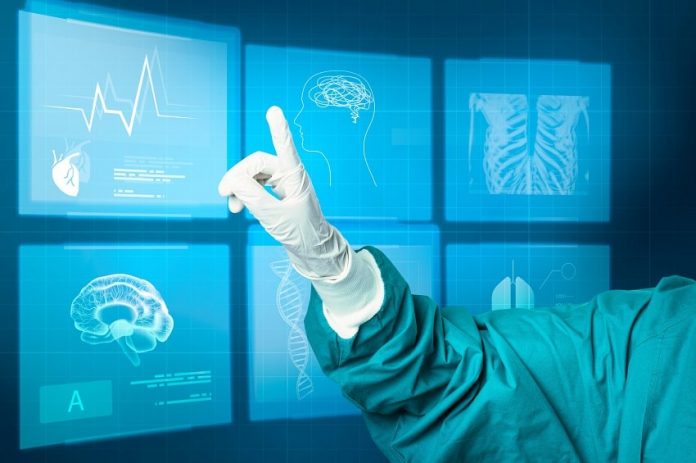Thanks to the COVID-19 pandemic, future trends in health care may require you to leave your home, less and less. One of the most notable technologies is wearables, which track your vitals and send the information to your doctor. Of course, remote healthcare can’t completely replace traditional healthcare, but it has definitely had a positive impact on healthcare as a whole. It has allowed more people to gain access to healthcare, creating more jobs for physicians.
However, these aren’t the only trends in healthcare we have to look forward to, as increasing awareness of COVID-19 has pushed for more advancements. Here are seven emerging trends in the healthcare industry and a look at how they’re affecting doctor jobs.
Remote Health Trends
1) Health Monitoring for Pets
As mentioned above, wireless health monitoring has made it possible for patients to make fewer trips to the doctor’s office. This same idea is now being applied to pets. Veterinarians can monitor the vitals of animals with wearable technology.
The only issue is that most pets move around too much and a sensor may not stay on, and the sensors have to physically connect to the pet. More research and trials need to be done to make this a successful reality for all pet owners.
2) Home Testing
At-home lab tests have been fairly popular over the last decade but are now even more common since the start of the pandemic. There are all kinds of lab tests that can be performed in-home, from a COVID-19 test to certain blood tests. This saves patients a trip to the doctor’s office— but it also doesn’t threaten physician jobs, as physicians are still needed to interpret and monitor the patient’s health.
3) Telemedicine
Telemedicine or telehealth/remote healthcare has been around for decades in the form of phone calls and emails. Now, telemedicine is more often associated with video calls and online portals for doctors and patients to communicate. This healthcare method has been especially helpful through the pandemic, allowing patients to attend doctor’s appointments from the comfort of their homes.
Other Health Trends
4) 3D Printing of Medication
3D printing creates physical objects from a three-dimensional model. It “prints” them out by layering several thin pieces of material. 3D printing isn’t a new technology; it’s been used for many years in the architectural, construction, and engineering industries, and it’s more recently been applied to the automotive industry.
The first 3D-printed medication was produced in 2015, but it’s only one of few medications that have been produced in this way. This innovation in the medical field can make the production of important medication a lot quicker and more efficient and possibly even improve these medications’ performance.
5) AI-Guided Ultrasounds
Ultrasound equipment embedded with AI (artificial intelligence) requires little human intervention. This means that more medical professionals will be able to use ultrasounds instead of just ultrasound technicians. This new development may impact the job outlook for future ultrasound technicians. But they’ll still be needed as AI can result in some errors and need human intervention.
6) Digital Health Insurance
Health insurance is necessary for citizens in the United States to receive healthcare, but the health insurance industry itself has been steadily declining for the last several years. The reason may be because the industry has been pretty resistant to the latest technological advances. Currently, health insurance is reactive. New technologies can allow health insurance plans to be more personalized based on data collected from patients.
7) Medical Transportation Companies
While telemedicine has done a lot to help get healthcare to underserved areas, some of these areas still may not have the means to access telemedicine, such as reliable internet connections. This is where medical transportation comes in. These transportations will help get those to doctor’s offices who don’t live near them. These transportation companies will be used for non-emergency medicine to keep people healthy and avoid missing important appointments.
Conclusion
New job roles are being created thanks to these new health trends. Still, the healthcare industry— with or without new technologies— is a field that is always going to need professionals. Because healthcare is always going to be a necessity. But these new trends are also going to create new jobs for physicians, engineers, and other professionals to make them successful.
New trends can be scary at first, especially to the general public, because they don’t know what to expect. Fortunately, most trends only become so because they prove effective. Of course, many of these trends are still in the testing phase, but it’s still likely that they’ll be a standard part of healthcare in the near future.
Recommended: Top Challenges Faced By Healthcare Leaders


